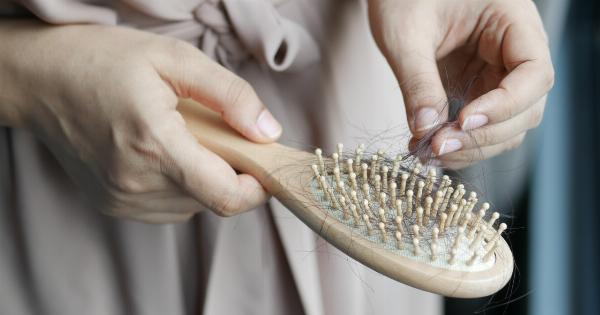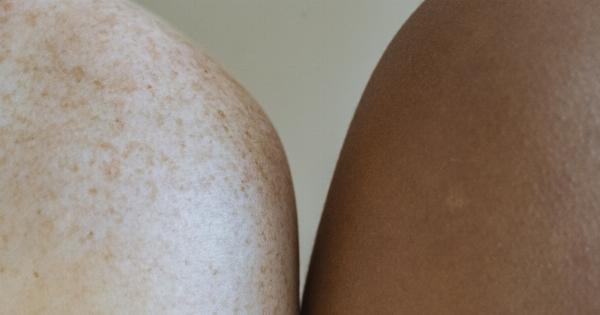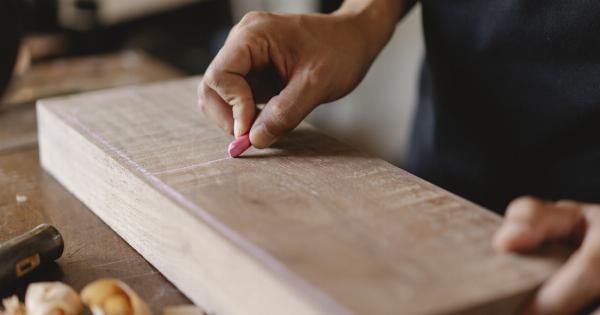While modern hair removal techniques such as laser, waxing, and electric razors have become popular in recent years, ancient hair removal methods continue to be used and highly sought-after by many people today.
From the use of sugaring to threading, these techniques have been passed down through generations and are valued by people all around the world. So why do these ancient hair removal techniques continue to persist in the modern world? In this article, we will explore some of the reasons behind the popularity of these ancient methods.
The Art of Sugaring
Sugaring is an ancient hair removal technique that originated in Egypt thousands of years ago. This method of hair removal involves using a mixture of sugar, lemon juice, and water to remove hair from the body.
The solution is heated and applied to the skin in the opposite direction of hair growth. A piece of cloth is then pressed onto the solution and then removed quickly in the direction of hair growth. Sugaring is a gentle and natural way to remove hair, as it does not strip the skin of its natural oils like traditional waxing.
Additionally, the solution used in sugaring is all natural, which means that it is safe for people who have sensitive skin or are allergic to traditional hair removal methods.
Threading: An Ancient Artform
Threading is an ancient hair removal technique that originated in India and the Middle East. This method of hair removal involves using a thread to remove hair from the face, eyebrows, and other areas of the body.
The thread is twisted and rolled over the hair, which then pulls the hair out from the root. Threading is a precise and efficient way to remove hair, as it allows for great control and precision over the shape and position of the hair being removed.
Additionally, threading is a gentle hair removal technique that does not pull or damage the skin, making it ideal for those with sensitive skin or people who are prone to irritation.
The Ancient Practice of Shaving
Shaving is one of the oldest hair removal techniques in the world, dating back to ancient Egypt. This method of hair removal involves using a razor to remove hair from the body.
While modern razors have evolved and become more advanced over time, the basic concept of shaving remains the same. Shaving is a quick and effective hair removal technique, as it removes hair from the surface of the skin.
Additionally, shaving is a relatively pain-free way to remove hair, making it a popular choice among people who want to quickly and easily remove unwanted hair.
The Significance of Hair Removal in Ancient Societies
In many ancient societies, hair removal had significant cultural and social significance. For example, in ancient Egypt, hair removal was a sign of cleanliness and social status.
Pharaohs and other high-ranking officials were expected to be cleanly shaven, while commoners were often depicted with hair. In ancient Greece, hair removal became popular as a way to celebrate the human form. Athletes would shave their bodies before competitions, as a way to highlight the muscular form of the human body.
In both ancient Egypt and Greece, hair removal was seen as a sign of beauty, health, and social status. Today, many people still view hair removal in the same way – as a way to feel more confident and to present oneself in a certain way to others.
The Benefits of Using Ancient Hair Removal Techniques
While modern hair removal techniques may offer some benefits such as speed and convenience, ancient hair removal techniques continue to persist due to their unique benefits. Some of the benefits of using ancient hair removal techniques include:.
- Gentle on the skin: Ancient hair removal techniques such as sugaring and threading are gentle on the skin, as they do not strip the skin of its natural oils like traditional waxing
- Natural and environmentally friendly: Many ancient hair removal techniques use natural ingredients, making them a more environmentally friendly choice than traditional hair removal methods
- Precision: Techniques such as threading allow for great control and precision over the shape and position of the hair being removed
- Cost-effective: Many ancient hair removal techniques are inexpensive and can be done at home, making them a cost-effective alternative to more expensive modern hair removal techniques
- Cultural significance: For many people, using an ancient hair removal technique is a way to connect with their cultural heritage and embrace traditional methods of beauty and self-care
The Future of Hair Removal
While ancient hair removal techniques continue to be popular today, the future of hair removal is likely to involve a blend of both ancient and modern methods.
As technology advances, modern hair removal methods such as laser and electrolysis are becoming more efficient, effective, and affordable. However, many people are still drawn to the natural and gentle aspects of ancient hair removal techniques. As a result, it is likely that a combination of both ancient and modern hair removal techniques will continue to persist in the future.
Conclusion: Why Ancient Hair Removal Techniques Remain Popular Today
From sugaring to threading to shaving, ancient hair removal techniques are still highly sought-after by many people today.
Whether due to their gentleness on the skin, their natural and environmentally friendly ingredients, or their cultural significance, these techniques continue to be valued and embraced. As technology advances and new hair removal methods are developed, it is likely that ancient hair removal techniques will continue to evolve and persist as a unique and valuable part of our beauty and self-care routines.



























